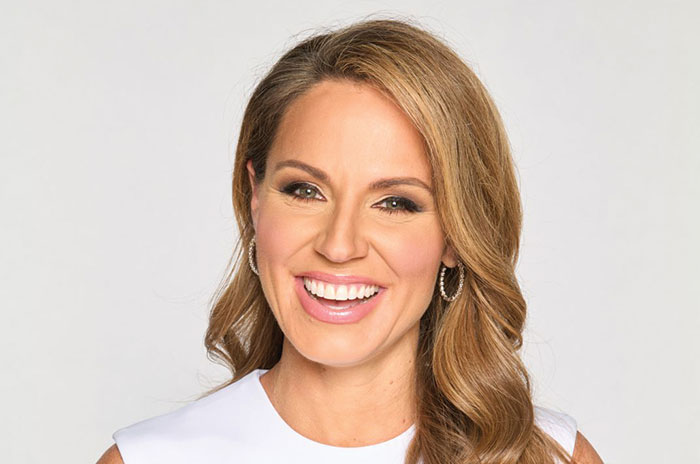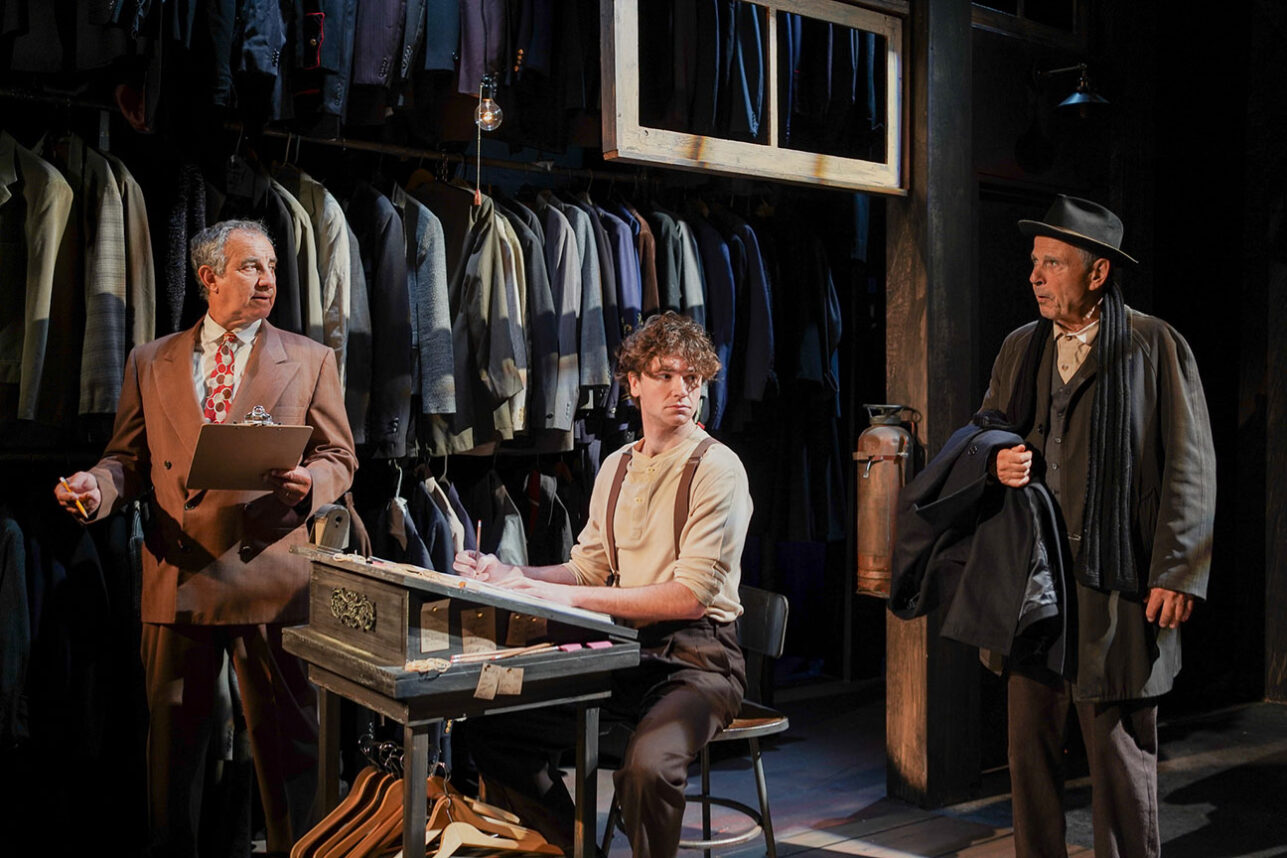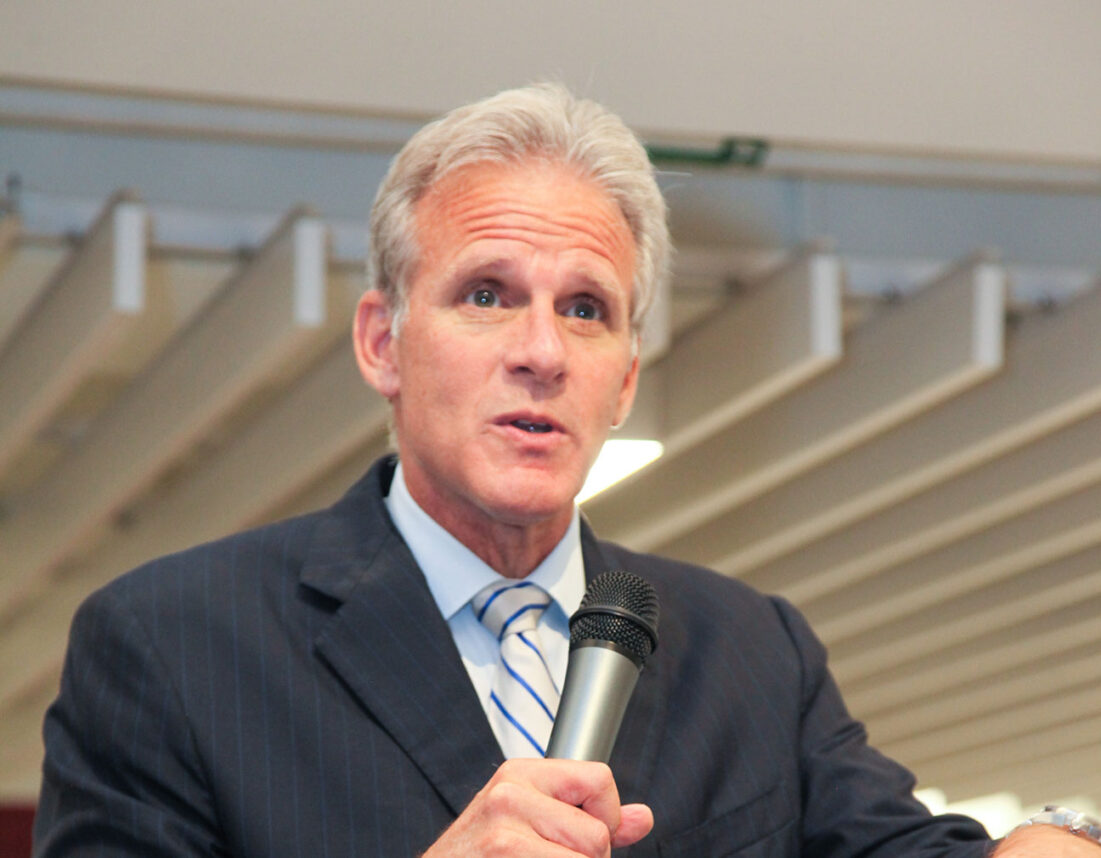Issac Bitton meets Peter Noel, the man who saved his life during the Crown Heights riots.
Among Jews, the subject of black-Jewish relations inevitably brings to the surface two impassioned, if not unrelated sentiments: a liberal nostalgia for the integrated social activism of days gone by and an embittered cataloguing of the latest anti-Semitic soundbites to come out of the mouths of black leaders.
In “Blacks and Jews,” filmmakers Deborah Kaufman, Bari Scott and Alan Snitow explore the events that have given rise to resentment on both sides and trace the freefall of this once solid friendship with intelligence and a rigorous avoidance of platitudes. The documentary will air nationwide on Tuesday, July 29, the latest offering in PBS’s excellent “P.O.V.” series, a showcase for independent, non-fiction films now in its tenth year. (Locally, it airs on KCET.)
Those looking for some kind of upbeat closure will not find it here, yet there are some moments of inspiration: A black West Indian journalist rescues a bloodied Hasidic father and his son during the Crown Heights street rioting of 1991. After a reuinion much later, the journalist describes discovering the Morrocan immigrant and ex-hippie behind the Jewish man’s beard and black garb. In that same beleaguered section of Brooklyn, a black-Jewish rap group called “The Cure” belts out positive messages with affable swagger. There is also the story of how Chicago Rabbi Robert Marx joined in protest with black homebuyers in 1969 to protest racist bank practices and the cynical manipulations of local real estate speculators (many of whom were Jewish) when the city’s Lawndale area was making it’s rocky transition from a Jewish neighborhood to a black one. Few current Lawndale residents, the film points out, are old enough to remember those united efforts now.
These episodes are cheering, but they are like faint solos, easily drowned out on the larger stage of black-Jewish relations, which the filmmakers describe at the outset as having degenerated into “a public ritual of mutual blame.”
From the Crown Heights riots to the Million Man March on Washington in 1995 to the media circus that ensued after a group of predominantly black high school students in Oakland laughed disruptively during a screening of “Schindler’s List,” the filmmakers do not shy away from the deep wounds and facile stereotypes that shape the interactions of these two communities.
Much of what fuels the conflict portrayed so ably here is a microcosm of what ails the country at large: a climate of tribalism and victimology, the brutishness of public discourse and endless battles over language as a way to define and claim events. Hours after a Hasidic driver accidentally ran over 7-year-old Gavin Cato in Crown Heights that fateful day in August 1991, Hasidic student Yankel Rosenbaum was fatally stabbed. Many blacks called the eruption of violence an uprising. Jews called it a pogrom.
Nowhere in the film is the complexity of the failed relationship between blacks and Jews captured more vividly than in the final segment. In 1994, when 69 students from Oakland’s prediminantly black Castlemont High School went on a Martin Luther King Day field trip to see “Schindler’s List,” they were kicked out of the theater before the film was over. Their constant laughter — even during brutal execution scenes — got other movie patrons so upset that they stormed into the lobby to protest to the theatre manager. The real drama, however, happened later, after the news media had all gone home. Responding to student complaints that they were forced to learn about the Jewish Holocaust at the expense of their own history, Castlemont set aside a day for invited speakers to focus on the African-American experience. In one classroom a presenter is seen telling students, “This whole society’s job is to make you feel bad about being black.” Another tells them that Jews dominated the slave trade.
It’s a disturbing spectacle, but strangely enough, the most depressing moment in the entire film comes moments later, during an interview with a pair of youngish Castlemont teachers — one Jewish and one black –whose comments are interspersed throughout this segment. When the black teacher is asked about the objectionable material presented by these guest speakers, her response is dishearteningly noncomittal: “Well, out of 27 presenters, two raised some issues that the students challenged.” The Jewish teacher counters that propagating blatantly anti-Semitic lies is hardly the same as “raising some issues.” His black colleague smiles faintly and says nothing. Watching this telling scene play out like a subdued piece of cinema verité, one can’t help but feel that there remains a great deal that we shall not overcome.





















 More news and opinions than at a Shabbat dinner, right in your inbox.
More news and opinions than at a Shabbat dinner, right in your inbox.